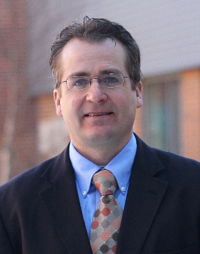In New England, EPA Region 1 holds primacy over CWA administration in two of the six New England States, and the New Hampshire and Massachusetts MS4 permits have become a beacon for future stormwater regulation in the region and across the USA. The permits have been used to resurrect TMDL implementation that had stalled due to myriad reasons, not least of which has been the general lack of activity at the TMDL-Stormwater interface. To this end, EPA Region 1 has developed a posture of flexibility and collaboration around compliance with impaired water bodies largely attributed to stormwater sources. Encouraged by regional initiatives such as the Berry Brook Watershed Management Project (UNHSC, 2017) and other science, EPA issued an Adaptive Management Framework Voluntary Submittal component in the final 2020 Great Bay Total Nitrogen General Permit (GBTNGP). The GBTNGP is aimed at reducing the overall nitrogen loading into Great Bay, a unique coastal marine estuary, from 13 communities that own/operate wastewater treatment facilities and stormwater runoff in the watershed. A key stormwater component is that the permit also allows for an adaptive management approach to monitoring and reducing nitrogen discharges primarily from stormwater and other non-point pollution sources. What has resulted is the development of a pollutant tracking and accounting system (PTAP) and a municipal implementation process that this presentation will cover. This discussion will review the elements of the adaptive management framework with a focus on structural and non-structural stormwater control measure tracking and accounting. With new permit obligations and increased need for watershed management nutrient control, creative thinking about old, new and reimagined stormwater controls are necessary. The GBTNGP is an open door to innovative nutrient control strategies so long as they are defensible, trackable and accountable. The solution to future problems will take new thinking and come more from implementers (municipalities) working together with regulators, ushering in a new era of compliance through adaptive management.

James Houle is the Director for the Stormwater Center. In addition to directing the UNH Stormwater Center’s growing body of research he also enjoys water in the solid state where it serves as the perfect medium for x-country skiing and ice hockey. Dr. Houle holds a Ph.D. in Natural Resources and Environmental Science and has over twenty years of experience with water quality related issues in New England and is a certified professional in storm water quality (CPSWQ) and a certified professional in erosion and sediment control (CPESC).